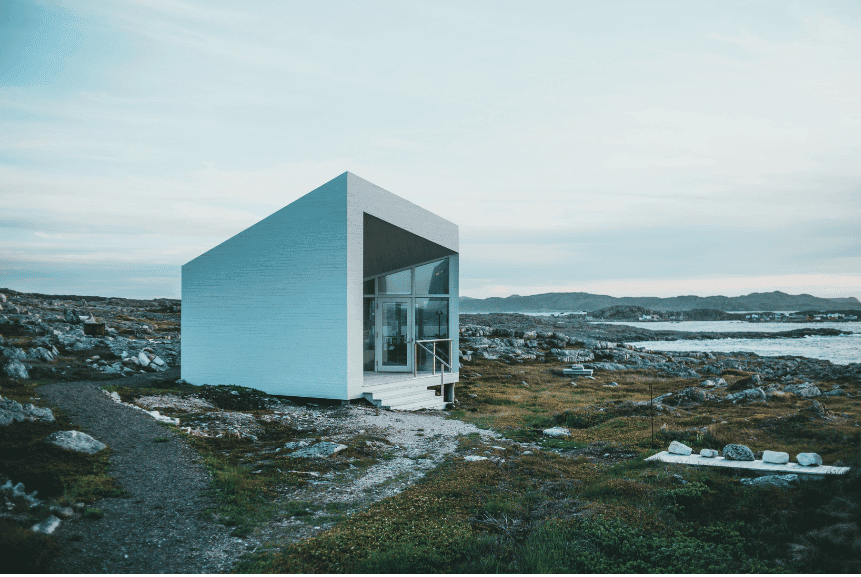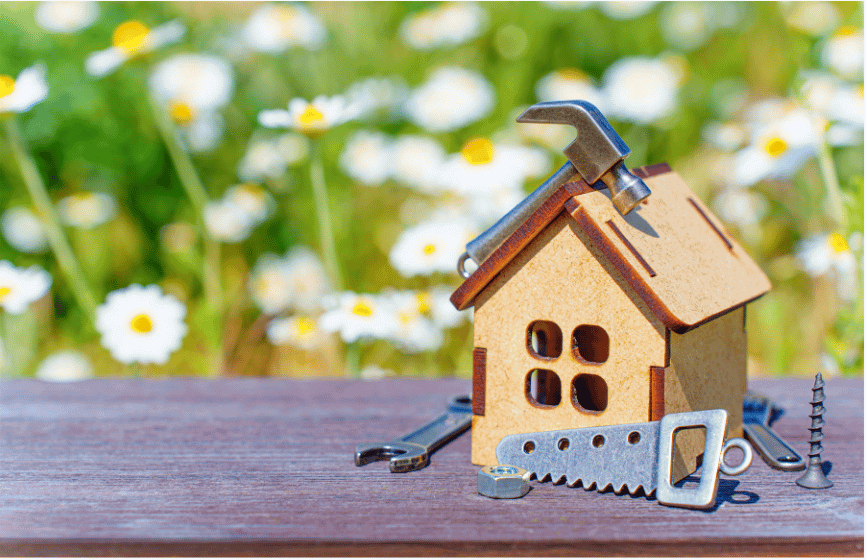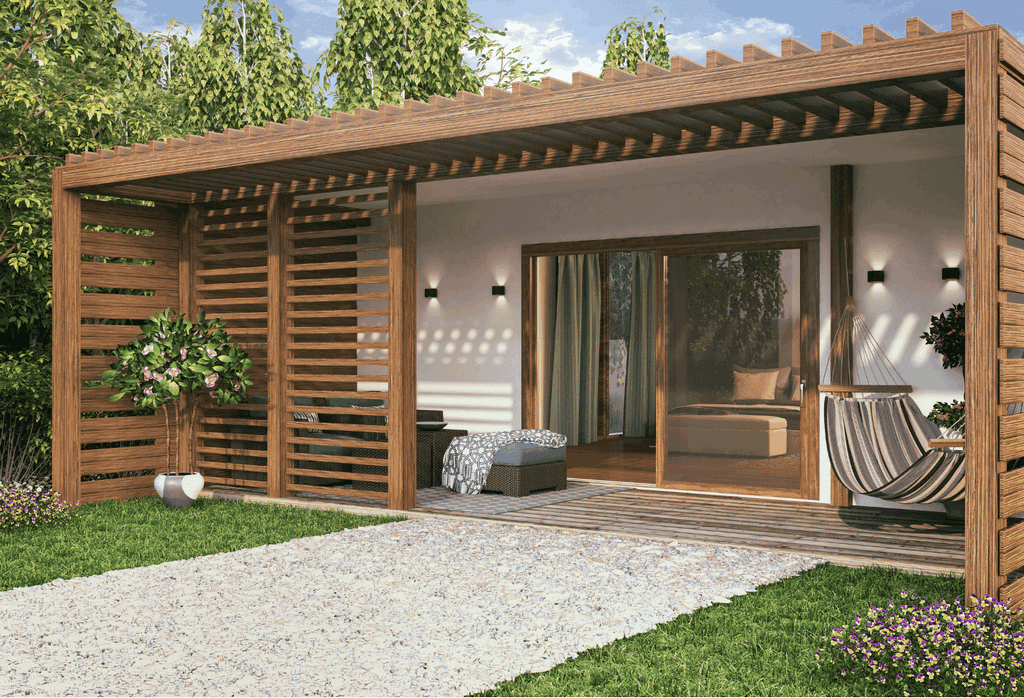In recent years, tiny houses have gained massive popularity as a cost-effective and eco-friendly living solution. With rising housing prices and the desire for simpler, minimalist lifestyles, more people are embracing the idea of downsizing to a tiny home. However, one question remains at the forefront: Is it cheaper to buy or build a tiny house?
This article explores the factors influencing the cost of buying versus building a tiny house, including upfront costs, long-term savings, customization options, and hidden expenses. By the end, you’ll have a clearer picture of which route might suit your budget and needs.
Understanding Tiny Houses
Before diving into the costs, it’s essential to understand what constitutes a tiny house. Tiny homes typically range from 100 to 400 square feet and can either be built on wheels (tiny houses on wheels, or THOWs) or on a foundation. They are designed to maximize functionality in a small space while minimizing environmental impact and expenses.
Tiny houses appeal to people for various reasons:
- Affordability: They cost significantly less than traditional homes.
- Sustainability: They often incorporate eco-friendly materials and designs.
- Freedom: Many are portable, offering a flexible lifestyle.
Now, let’s break down the financial aspects of buying versus building.
The Cost of Buying a Tiny House
Purchasing a pre-made tiny house is often the simplest and quickest way to move into one. However, this convenience comes with its own set of costs.
Upfront Costs
The cost of buying a tiny house varies widely depending on size, design, and materials. On average:
- A fully built tiny house on wheels may cost $30,000 to $100,000.
- Luxury or custom-built tiny houses can exceed $150,000.
Pre-made tiny homes often come with high-quality finishes, professionally engineered layouts, and advanced amenities. However, this convenience often means paying a premium price.
Benefits of Buying
- Time Savings: A pre-made tiny house is ready to move into almost immediately.
- Professional Quality: Built by experienced builders, they often come with warranties and high-quality construction.
- Financing Options: Some tiny house companies offer financing, making the purchase more accessible.
Drawbacks of Buying
- Limited Customization: While some builders offer semi-custom designs, you might not get every feature you want.
- Higher Initial Cost: Buying a completed tiny home is generally more expensive than building it yourself.
- Delivery Fees: Transporting your tiny house to your location can add thousands of dollars to the cost.

The Cost of Building a Tiny House
For those with a knack for DIY or a tight budget, building a tiny house might seem like an appealing option. However, the costs and challenges of this route can vary significantly.
Upfront Costs
Building a tiny house yourself can cost anywhere from $10,000 to $50,000, depending on your choices of materials, tools, and design complexity.
Here’s a rough breakdown:
- Materials: $15,000 to $30,000 for standard materials, but costs increase for high-end finishes.
- Tools and Equipment: $1,000 to $5,000, unless you already own the necessary tools.
- Land or Parking Space: If your tiny house is not on wheels, you’ll need to account for land costs.
- Utilities and Hookups: Installing electrical, plumbing, and septic systems can add $5,000 to $10,000.
Benefits of Building
- Cost Savings: DIY construction is often significantly cheaper than purchasing a pre-built tiny home.
- Full Customization: You have complete control over the design, materials, and layout.
- Personal Satisfaction: Building your own home can be a rewarding and fulfilling experience.
Drawbacks of Building
- Time-Consuming: Building a tiny house can take months or even years, depending on your skill level and schedule.
- Skill Requirements: Without construction experience, the process can be challenging and prone to mistakes.
- Hidden Costs: Unexpected expenses, such as tool purchases or design changes, can quickly add up.
Factors to Consider
Deciding whether to buy or build a tiny house depends on several key factors:
1. Budget
- If your primary goal is to save money, building a tiny house can be the cheaper option, provided you manage costs carefully and avoid unnecessary expenses.
- If you have a higher budget and prefer convenience, buying a tiny house might make more sense.
2. Time
- Buying a tiny house is ideal for those who want to transition quickly.
- Building requires time, patience, and commitment. It’s best suited for individuals who enjoy DIY projects or have flexible timelines.
3. Skills and Expertise
- Building a tiny house demands basic construction skills and knowledge of electrical and plumbing systems.
- If you lack these skills, hiring professionals could increase your costs, potentially negating the savings of a DIY approach.
4. Customization Needs
- If you have specific design preferences or unique needs, building your own tiny house allows for maximum customization.
- Purchased homes often come with fixed layouts and limited customization options.
5. Resale Value
- Professionally built tiny homes often have better resale value because they meet industry standards.
- DIY-built homes may face challenges in the resale market unless they are constructed to high-quality standards.

Hidden Costs to Watch Out For
Regardless of whether you buy or build, there are several hidden costs associated with tiny houses:
- Land or Parking Fees:
- If your tiny house is not on wheels, purchasing land can significantly increase costs.
- For THOWs, renting a parking space can cost $300 to $1,000 per month.
- Utilities:
- Setting up electrical, water, and sewage systems adds to the overall expense.
- Permits and Zoning:
- Some areas have strict zoning laws and permit requirements for tiny houses, which can result in additional fees.
- Maintenance and Repairs:
- Over time, even tiny homes require maintenance, which can add to your long-term expenses.
- Transportation:
- If you buy a pre-made tiny home, delivery fees can range from a few hundred to several thousand dollars.
Case Studies
To better illustrate the cost differences, here are two real-world scenarios:
Case Study 1: Buying a Tiny House
Sarah purchased a pre-built tiny house for $80,000. It came fully furnished with modern appliances and eco-friendly features. While she spent an additional $5,000 on delivery and setup, she was able to move in within a week. Her total cost was $85,000.
Case Study 2: Building a Tiny House
Mike decided to build his tiny house with a $25,000 budget. He sourced materials from local suppliers and recycled materials where possible. The project took him 10 months to complete, and he spent an additional $3,000 on tools and $2,000 on plumbing and electrical systems. His total cost was $30,000, but he gained invaluable experience and a deep sense of accomplishment.
Conclusion
So, is it cheaper to buy or build a tiny house? The answer depends on your priorities, skills, and resources.
- If you value time, convenience, and professional quality, buying a tiny house is the better option, albeit at a higher upfront cost.
- If you’re on a tight budget, enjoy DIY projects, and have the time and skills, building a tiny house can be a rewarding and cost-effective choice.
Ultimately, the decision comes down to your lifestyle, goals, and willingness to invest either time or money into creating your dream tiny home. By carefully weighing the pros and cons, you can make the choice that best aligns with your vision and budget.
Whether you buy or build, the tiny house movement offers a path to financial freedom, sustainability, and a simpler way of life—one square foot at a time.

